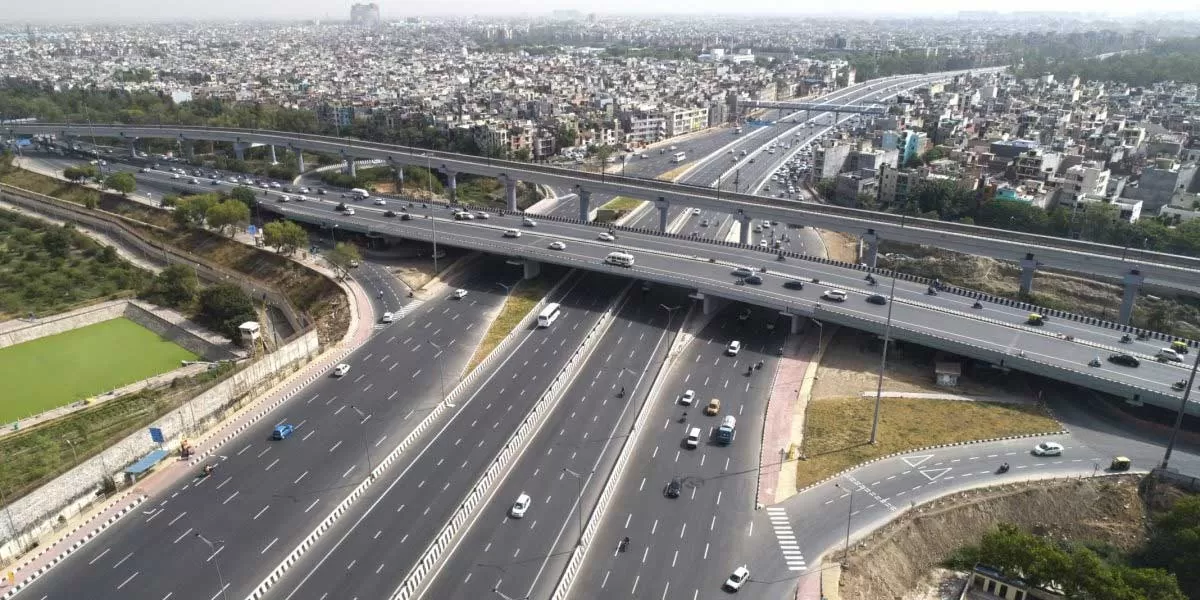The Butibori flyover in Nagpur, which developed cracks within just three-and-a-half years of its construction, has now been declared unfit for vehicular movement. The flyover, which was earlier cleared for use by the Visvesvaraya National Institute of Technology (VNIT), will now require demolition and rebuilding of the cracked section. Authorities are in the process of identifying the party responsible for the structural failure.
Cracks were first noticed on December 24, and initial reports from the National Highways Authority of India (NHAI) indicated that heavy vehicles may have caused the damage. However, concerns were raised as the bridge was designed to accommodate such loads. VNIT experts are still conducting their inspection, with an interim report expected in two days and a final report likely within 10 days. In the meantime, the flyover will remain closed.
The flyover, located at the intersection of Wardha Road and Butibori MIDC, is part of the key National Highway 44 connecting Nagpur to Hyderabad and is vital for the Vidarbha region. Since the closure, traffic has been redirected onto the congested two-lane road beneath the flyover, creating severe congestion and long queues. The rerouted vehicles are also passing through Butibori's main square, worsening the traffic situation.
The flyover was opened to traffic on June 17, 2021, after a Rs 700 million investment in the 1.75 km-long bridge, executed by T&T Company. However, cracks developing so soon after completion have raised serious questions about the quality of construction. Before the cracks appeared, repairs had already been underway on the bridge’s expansion joints. The need for repairs within such a short period has drawn significant criticism.
Experts point out that the rerouting of heavy vehicles onto a single lane for repairs placed undue strain on the cantilever section of the bridge, which is unsupported by a pillar. This caused a ‘lever arm’ effect, adding stress on the temporary props supporting the structure. Some experts believe that traffic, especially heavy vehicles, should have been restricted during repairs to prevent such damage.
The contractor clarified that the damaged section, located 130 meters ahead of the repair site, was not directly related to the ongoing work and stated that heavy vehicles were not permitted on the bridge.
(TOI)


